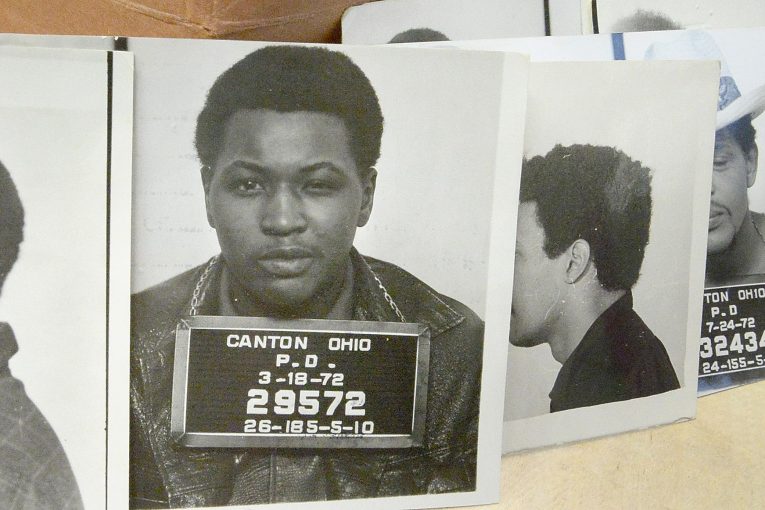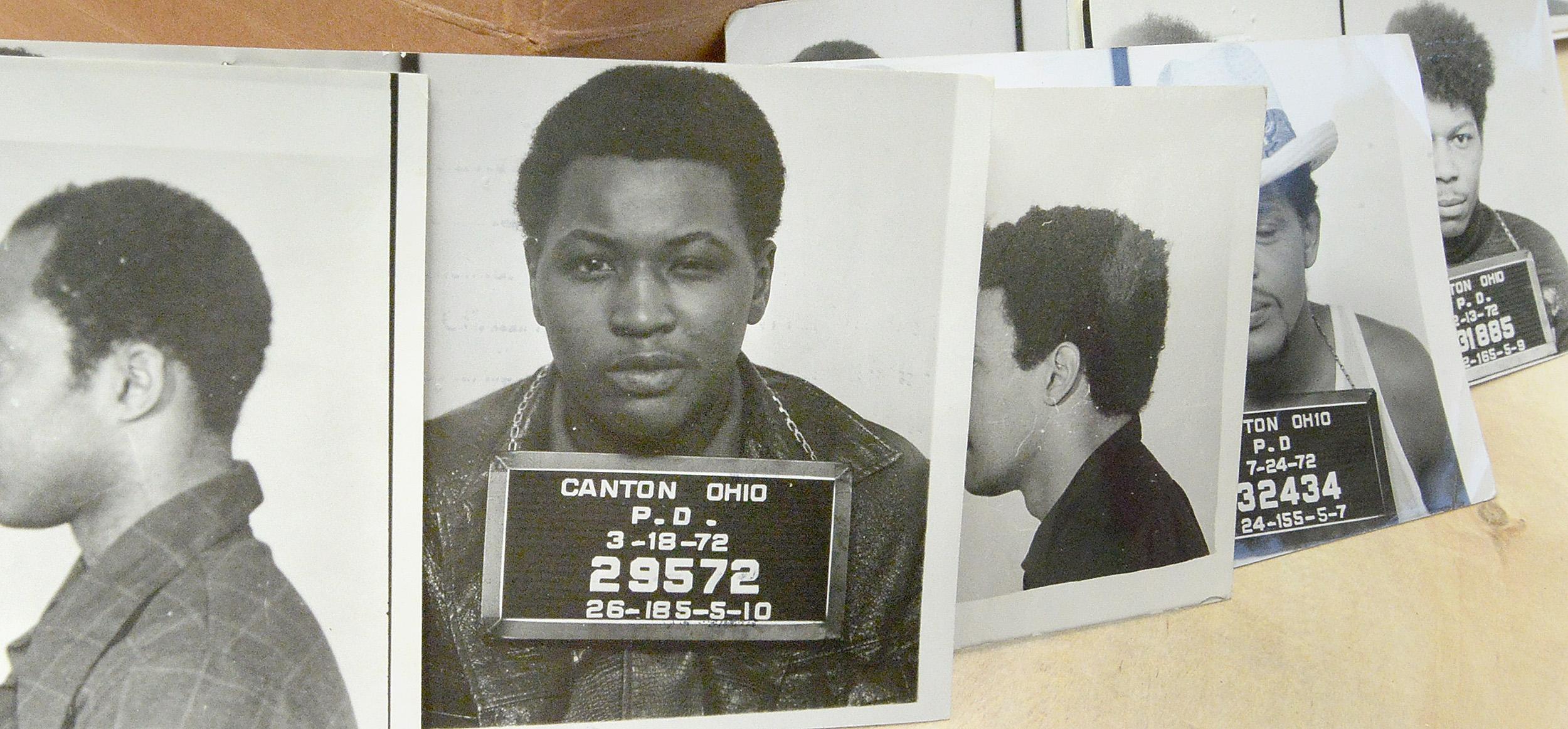

By Linh Nguyen
SAINT PAUL, MINNESOTA– On May 16, 2020, Minnesota Governor Tim Walz signed legislation that requires law enforcement in the state to adopt scientifically-based lineup procedures to prevent wrongful convictions from misidentifications.
This new law, HF 627, will require that law enforcement agencies in the state standardize and align their eyewitness identification practices with four key reforms. This will protect against eyewitness misidentification, the leading cause of DNA-based exonerations in the United States. In fact, nationally, eyewitness misidentification was the cause of 71 percent of wrongful convictions that were later overturned with DNA. One example included a Minnesota man, David Sutherlin, who was wrongfully convicted of a rape in 1985 in St. Paul. In 2002, new DNA technology found evidence that proved his innocence and revealed the actual culprit. However, the actual culprit could not be prosecuted because the statute of limitations had passed.
“The worst situation is a botched eyewitness ID, the most powerful and least reliable form of evidence,” said Minnesota Senator Ron Latz. “This law will bring more consistency and confidence to criminal investigations and prosecutions, increasing the likelihood that the right defendant faces justices and the innocent person is never charged. As a result, we will all be safer.”
Some jurisdictions in Minnesota were already employing the best practices procedures. However, according to a survey conducted by the Minnesota Police Chiefs Association and Sheriffs’ Associations in 2016, half of law enforcement agencies did not have written lineup policies.
“At no time should an innocent person go to prison,” said Minnesota Senator Bill Ingebrigtsen. “This is just another tool that will help keep that from ever happening. As a former sheriff, I am proud to be part of this initiative.”
The Innocence Project of Minnesota initially proposed the reform to the Minnesota legislature.
“Adopting statewide, scientifically-based lineup practices will protect the innocent and provide law enforcement with more accurate evidence,” said John Kringey, board co-chair of the Innocence Project of Minnesota. “Senator Ingebrigtsen and Representative [Dave] Pinto, as well as Senator Ron Latz, really championed this measure, and it was great to have support from the Minnesota County  Attorneys Association and testimony from Professor Nancy Steblay, a nationally-recognized expert on the subject from Augsburg University.”
Attorneys Association and testimony from Professor Nancy Steblay, a nationally-recognized expert on the subject from Augsburg University.”
In 2014, the National Research Council created a taskforce of the nation’s leading eyewitness identification experts to issue a set of best practices for preventing mistaken identifications. This taskforce, along with the National Academy of Sciences recognized that eyewitness accounts are particularly vulnerable to error due to the nature of human memory.
“In over four decades of research, eyewitness scientists have come to better understand the fragile nature of memory and the ways in which eyewitness memory can be vulnerable to error,” said Nancy Steblay.
To account for faults in eyewitness memory, the taskforce recommended four key, standardized reforms. Furthermore, four decades worth of peer-reviewed comprehensive research confirm the benefits of these procedural reforms. The Minnesota Board of Peace Officers and Standards Training (POST) will enforce these written procedures.
“We must ensure law enforcement agencies use sound, science-based practices to identify perpetrators,” said Minnesota Representative Dave Pinto. “Establishing guidelines for eyewitness identification will maximize the reliability of these procedures and better protect the innocent.”
The first reform is to use a double blind or blinded administration, in which the official conducting the lineup procedure is unaware of the suspect’s identity. This is to prevent suggestiveness or bias. One caveat is the potential lack of practicality. In that case, the administrator can use a photo lineup procedure, which would prevent him or her from seeing which members of the lineup are being viewed by the eyewitness at a given time.
The second reform is to instruct the eyewitness that the perpetrator may or may not be present in the lineup before the procedure.
The third reform is to place non-suspect fillers who match the eyewitness’s description of the perpetrator in the lineup.
The last reform is to document the eyewitness’s level of confidence immediately after an identification is made.
These procedural reforms have been endorsed by the Innocence Project and recognized by various national justice organizations, including the National Institute of Justice and the American Bar Association.
As stated in the legislation, by Nov. 1, 2020, a statewide model policy, at minimum requiring the four reforms, will be developed and distributed to all chief law enforcement officers. By Feb.1, 2021, the chief law enforcement officers of every state and local law enforcement agency will enforce a written policy on identification practices, identical or substantially similar to the model policy.
Those involved in the making of the new legislation commend the state legislature for their proactive efforts to pass it.
“The Legislature is to be commended in addressing this important criminal justice reform initiative, especially when you consider what they were able to accomplish due to the pandemic crisis,” said Sara Jones, Executive Director of the Innocence Project of Minnesota.
“I am very pleased to see the eyewitness identification reforms enacted by the Minnesota legislature,” said Nancy Steblay.
Twenty-four states have already implemented the four core reforms, making Minnesota the 25th to adopt a similar law.